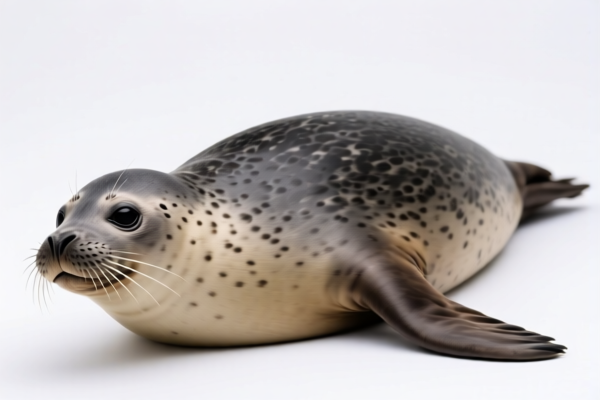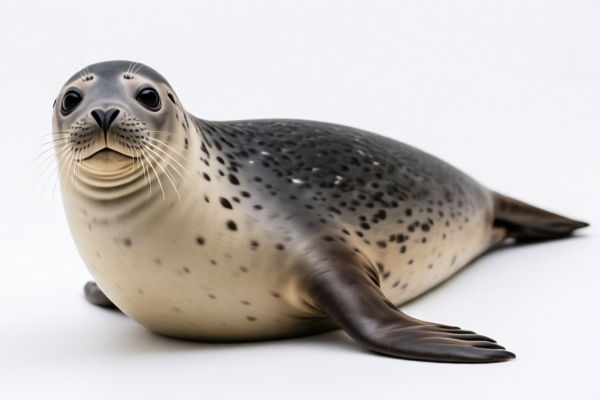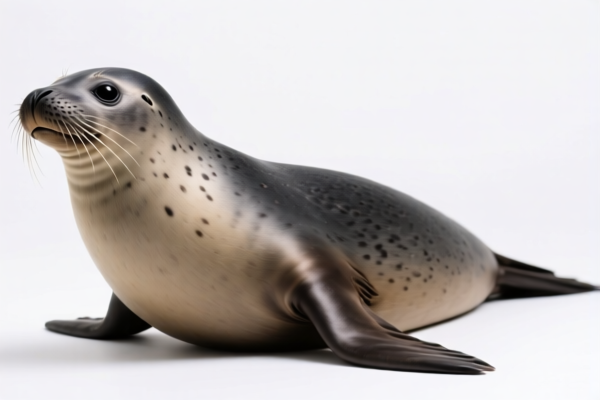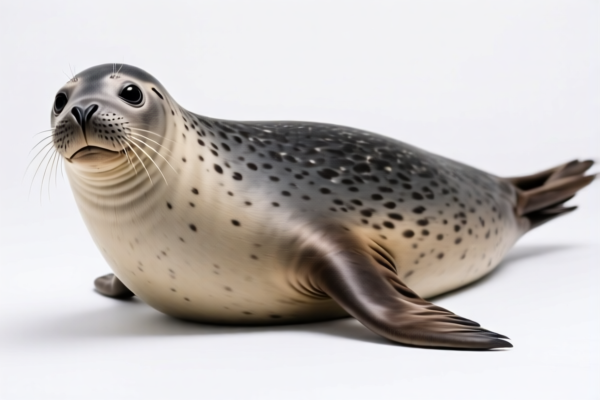| HS Code | Official Doc | Tariff Rate | Origin | Destination | Effective Date |
|---|---|---|---|---|---|
| 8487900080 | Doc | 108.9% | CN | US | 2025-05-12 |
| 8309900010 | Doc | 57.6% | CN | US | 2025-05-12 |
| 8421916000 | Doc | 55.0% | CN | US | 2025-05-12 |
| 8708927500 | Doc | 57.5% | CN | US | 2025-05-12 |
| 8547108000 | Doc | 58.0% | CN | US | 2025-05-12 |




Seal Ring
A seal ring, also known as a shaft seal, is a mechanical component used to prevent leakage of fluids or gases between a rotating shaft and a stationary housing. They are critical in a wide range of applications, maintaining pressure, preventing contamination, and ensuring efficient operation of machinery.
Materials
Seal rings are manufactured from a diverse range of materials chosen based on the specific application's demands, including:
- Elastomers: Common elastomers include Nitrile (Buna-N), Viton (FKM), Silicone, EPDM, and PTFE (Teflon). Nitrile is cost-effective for oil-based fluids. Viton provides excellent resistance to high temperatures and harsh chemicals. Silicone is suitable for low-temperature applications and food-grade environments.
- Metals: Metal seals, often spring-energized, are used in high-pressure, high-temperature, or chemically aggressive environments. Materials include Stainless Steel, Alloy 400, Hastelloy, and Inconel.
- PTFE (Polytetrafluoroethylene): Often used as a primary sealing element or as an outer case, PTFE offers a broad range of chemical resistance and a low coefficient of friction.
- Carbon Graphite: Used in mechanical seals, carbon graphite provides self-lubricating properties and resistance to wear.
Purpose
The primary purpose of a seal ring is to:
- Prevent Leakage: Contain fluids (liquids or gases) within a system.
- Exclude Contaminants: Prevent external substances (dirt, dust, debris) from entering the system.
- Maintain Pressure: Ensure consistent pressure within the sealed environment.
- Reduce Friction & Wear: Minimize friction between the rotating shaft and the housing, extending component life.
Function
Seal rings function by creating a static or dynamic barrier.
- Static Seals: Used between stationary components. They rely on compression to create a tight fit. O-rings are a common example.
- Dynamic Seals: Used between moving components. They require a mechanism to maintain contact with the shaft as it rotates. This is achieved through lip seals, mechanical seals, or other designs.
Usage Scenarios
Seal rings are found in countless applications, including:
- Automotive: Engine seals, transmission seals, oil pump seals.
- Aerospace: Fuel system seals, hydraulic system seals, engine seals.
- Industrial Machinery: Pumps, compressors, mixers, gearboxes.
- Hydraulic Systems: Cylinder seals, pump seals, valve seals.
- Pneumatic Systems: Air compressor seals, valve seals.
- Household Appliances: Washing machine seals, dishwasher seals, refrigerator seals.
Common Types
- O-Rings: Simple, versatile, and cost-effective seals for static applications.
- Lip Seals (Radial Shaft Seals): Commonly used for dynamic sealing of rotating shafts. They consist of a flexible lip that contacts the shaft.
- Mechanical Seals: Used in high-pressure, high-speed applications. They consist of two flat faces that create a sealing interface.
- V-Rings: Used to seal rotating shafts and exclude contaminants.
- Back-up Rings: Used to prevent extrusion of O-rings or lip seals under high pressure.
- Square Rings (Packing Rings): Used in static applications, often in valves and cylinders.
- Metal Seals: Used in extreme conditions of temperature, pressure, or chemical exposure.
Seal rings can be categorized based on material, application, and function. Based on the provided information, several HS codes may be relevant.
- 4016931010: Other articles of vulcanized rubber other than hard rubber: Other: Gaskets, washers and other seals: Of a kind used in the automotive goods of chapter 87 O-Rings. This code specifically covers O-rings used in automotive applications, classifying them as vulcanized rubber seals.
- 4016935010: Other articles of vulcanized rubber other than hard rubber: Other: Gaskets, washers and other seals: Other O-Rings. This code covers O-rings not specifically designated for automotive use, also categorized as vulcanized rubber seals.
- 8484200000: Gaskets and similar joints of metal sheeting combined with other material or of two or more layers of metal; sets or assortments of gaskets and similar joints, dissimilar in composition, put up in pouches, envelopes or similar packings; mechanical seals: Mechanical seals. This code applies to mechanical seals, which may incorporate metal and other materials in their construction.
- 8484100000: Gaskets and similar joints of metal sheeting combined with other material or of two or more layers of metal; sets or assortments of gaskets and similar joints, dissimilar in composition, put up in pouches, envelopes or similar packings; mechanical seals: Gaskets and similar joints of metal sheeting combined with other material or of two or more layers of metal. This code covers gaskets and similar joints made of metal sheeting combined with other materials.
HS Code Breakdown:
- 40: Rubber and articles thereof. This chapter broadly covers products made from natural or synthetic rubber.
- 16: Vulcanized rubber other than hard rubber. This heading specifies rubber that has undergone a vulcanization process, improving its elasticity and strength.
- 93: Other articles of vulcanized rubber other than hard rubber. This subheading further narrows down the category to specific rubber products.
- 10 & 50: These further specify the type of seal (O-rings used in automotive goods vs. other O-rings).
- 84: Nuclear reactors, boilers, machinery and mechanical appliances; parts thereof. This chapter covers a wide range of mechanical components.
- 8410 & 8420: These headings specify gaskets, seals, and mechanical seals.
Important Note:
According to the provided reference material, for HS codes 4016931010 and 4016935010, the product is classified as gaskets, washers and other seals made of vulcanized rubber. The classification depends on the application (automotive vs. other).
Customer Reviews
No reviews yet.